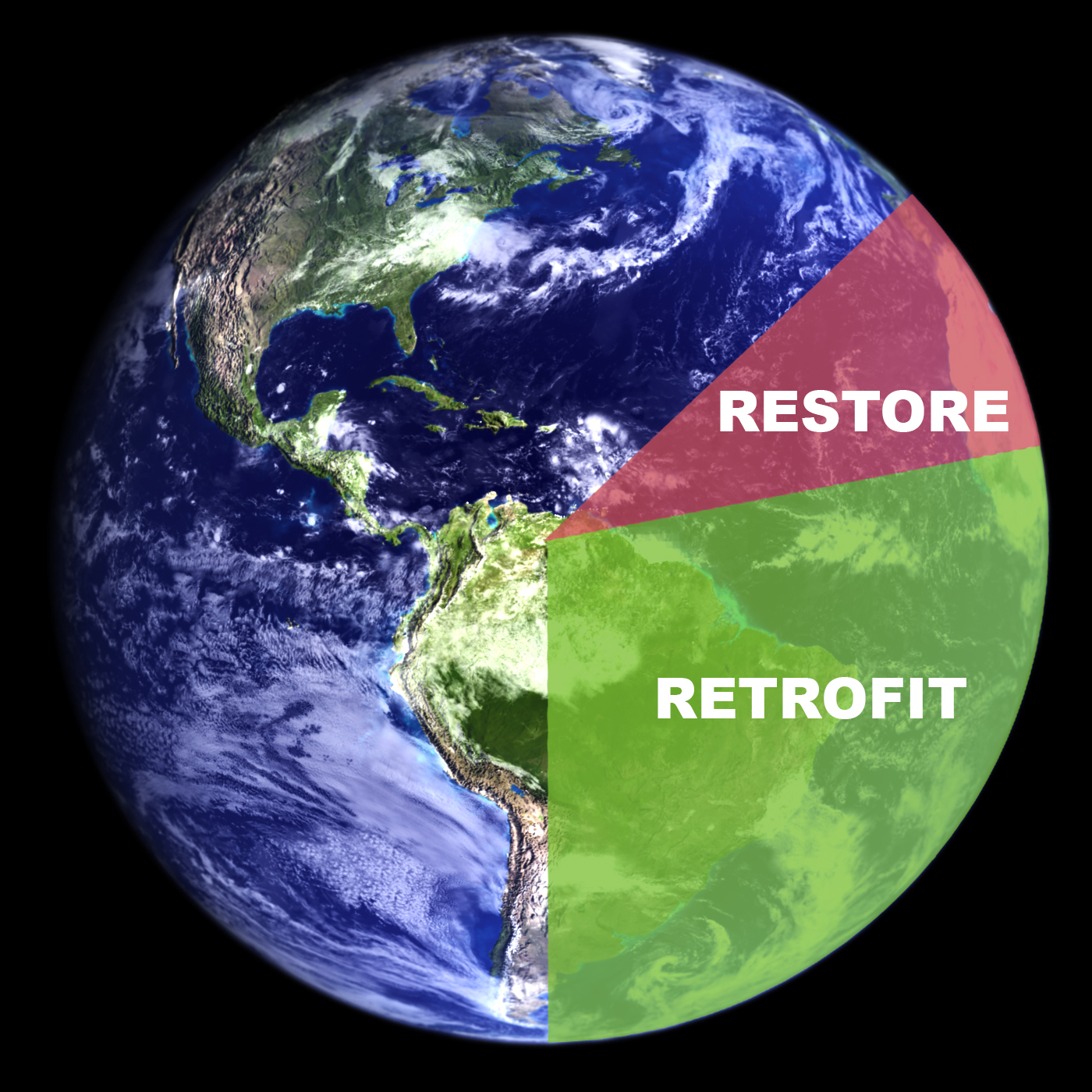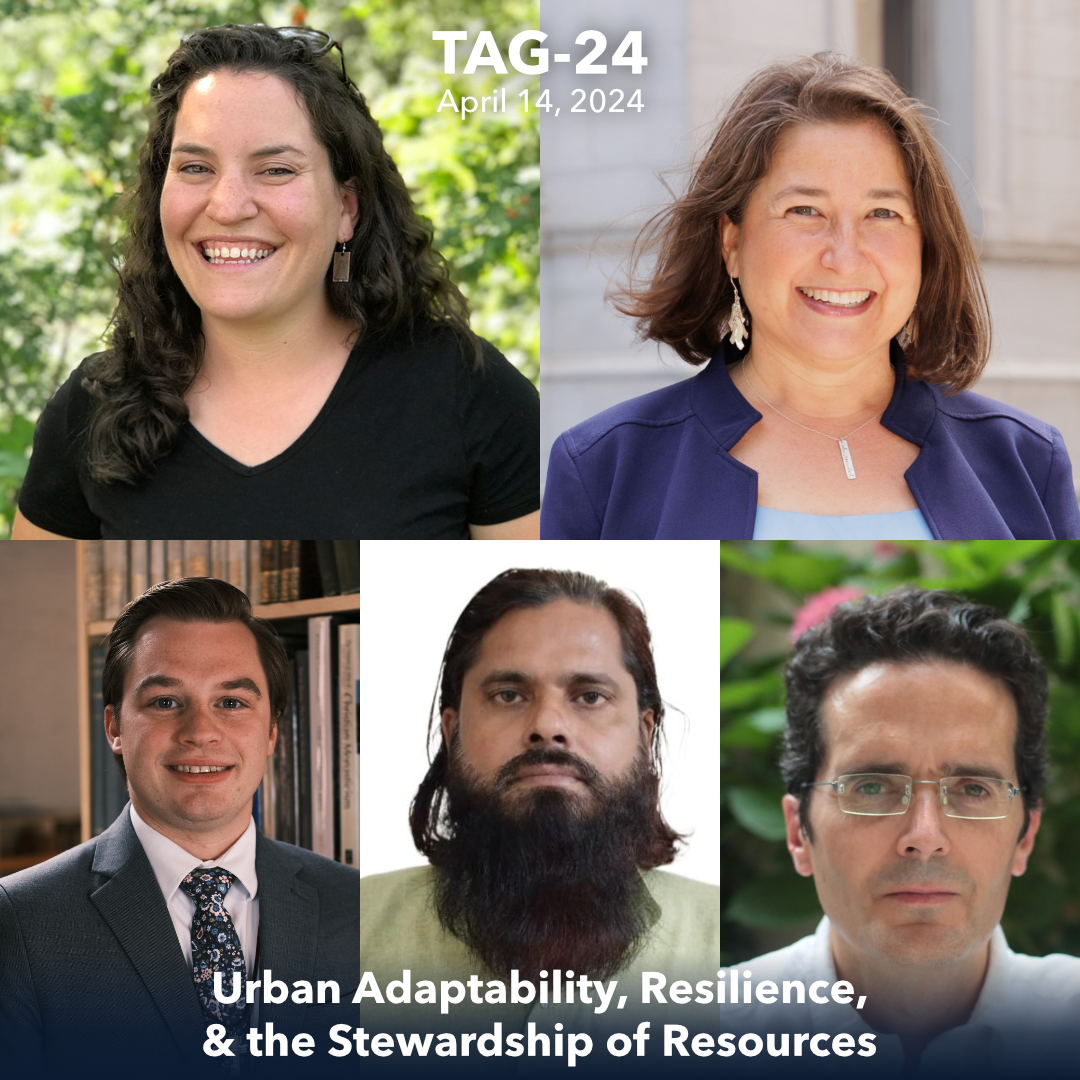Rory Scott reports for Archdaily.
[Image Courtesy of Architecture Research Office]
In this article on Fast Company, seven leading architects in the field of designing for disaster – including Peter Gluck, Michael Manfredi, and principals of James Corner Field Operations and Snøhetta – give their take on what lessons Hurricane Sandy, one year on, has taught us. Their responses raise a number of issues, but above all share one common theme: urgency. Aside from denouncing what he sees as “architects being ambulance chasers,” Peter Gluck, Head of Gluck+, advocates designing buildings with disaster in mind, for example raising a building of the ground or placing less important functions on the ground floor, so that the damage by a flood is restricted. Advocating multiple systems to deal with problems like flooding, Michael Manfredi of Weiss/Manfredi describes their Olympia Fields project, where they built water retention into the design. Much of Weiss/Manfredi’s work makes use of ‘soft infrastructure’ which absorbs water and energy to reduce the impact of storms. However, Lisa Switkin, associate principal at James Corner Field Operations seems to be in support of a combination of this green infrastructure and traditional storm protection, arguing that wetlands, beaches, dunes and parklands should be used “in addition to raising key infrastructure and utilities.” Principal of Snøhetta Craig Dykers brings in an interesting spin, mentioning not just design, but the education of residents, who could be given incentives to design their homes and gardens in a way that minimize storm impact. He supports small scale solutions in general, saying that “grand and sometimes epic conceptual thinking is useful, but it should be balanced with immediacy.” This thought is echoed by Diana Balmori of Balmori Associates, who advocates “nature based systems” that can be implemented quickly and cheaply, and also by the founder of publicinterestdesign.org John Cary. Cary criticizes “the proliferation of design competitions and contests” that appear after these disasters, saying they “don’t address or engage with the real needs on the ground.” Once again, realistic and immediate solutions are the order of the day. Stephen Cassell, a principal at Architecture Research Office believes architects need to think more often and more practically about how their buildings perform in disasters. Elements such as opening windows and escape routes are all small things that can help occupants in a storm. All seven responses see the design of these systems as an urgent problem, presenting realistic, realizable solutions over expensive or outlandish proposals. You can read the original Fast Company article here.




